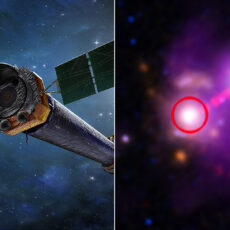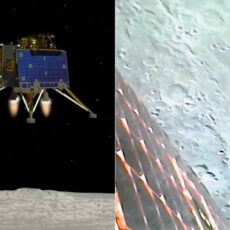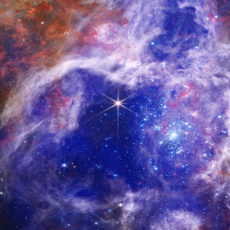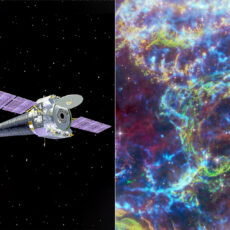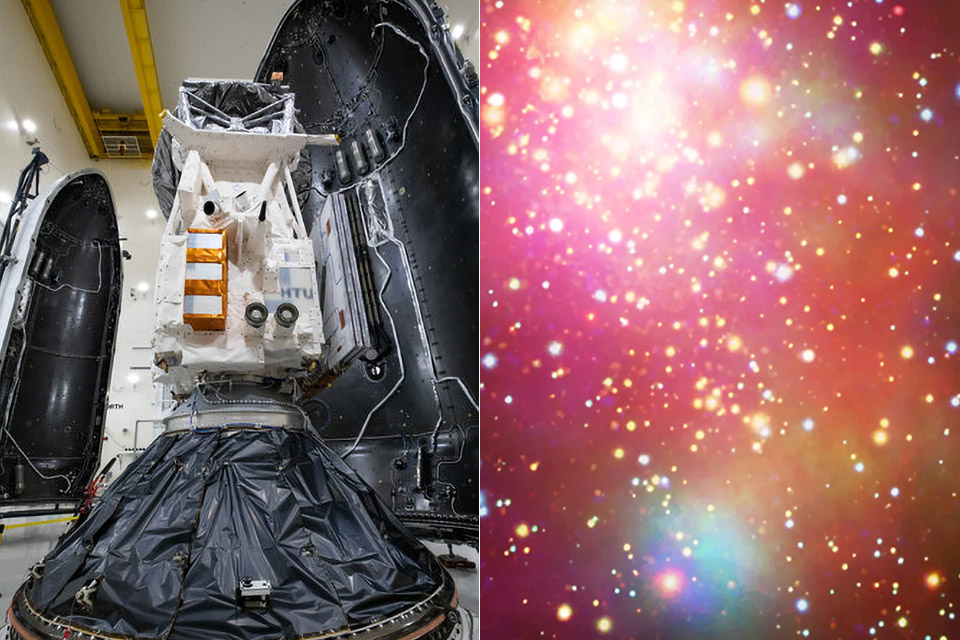
NASA’s Chandra X-ray Observatory captured an intriguing image of Westerlund 1, the biggest and closest “super” star cluster to Earth, located 12,070 light-years away. This galactic factory has churned out countess stars over the years.
There are just a few super star clusters that still exist in the Milky Way today, but they offer important clues about this earlier era when most of our galaxy’s stars formed. As mentioned previously, Westerlund 1 is the largest of these remaining super star clusters in the Milky Way and contains a mass between 50,000 to 100,000 Suns. Due to its distance from Earth, Westerlund 1 is an excellent target for studying the impact of a super star cluster’s environment on the formation process of stars and planets as well as the evolution of stars over a broad range of masses.
- LEGO NASA Space Set - This adult LEGO set features the Space Shuttle Discovery and the Hubble Space Telescope from NASA’s 1990 STS-31 mission,...
- Solar System Exploration - Unlock the mysteries of our solar system with this engaging 2,354-piece project, packed with authentic details and...
- Shuttle Features Galore - The space shuttle model has an opening payload bay, retractable landing gear, opening cockpit, moving elevons, space arm,...

The diffuse emission seen in the EWOCS data represents the first detection of a halo of hot gas surrounding the center of Westerlund 1, which astronomers think will be crucial in assessing the cluster’s formation and evolution, and giving a more precise estimate of its mass,” said Lee Mohon, NASA Web Editor.



